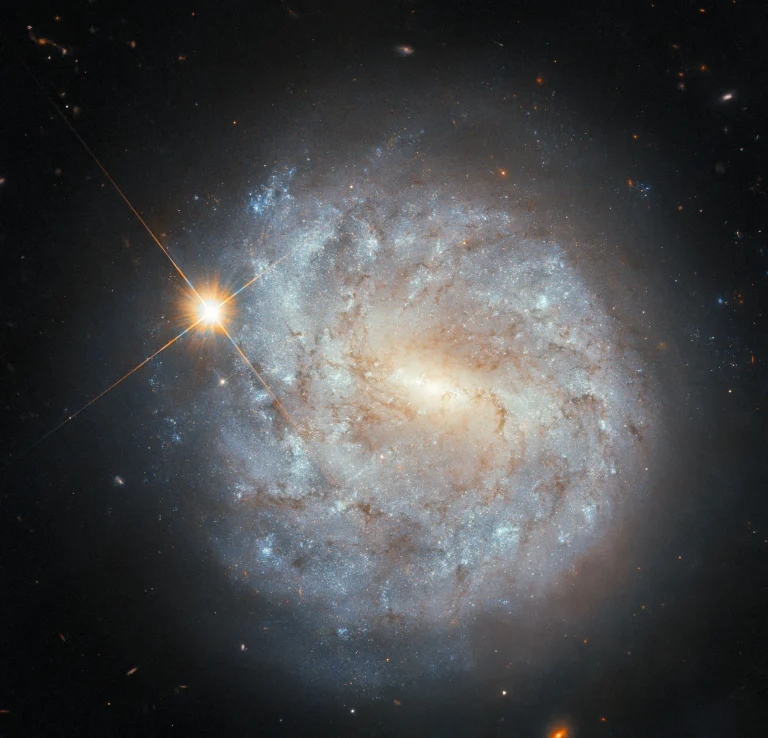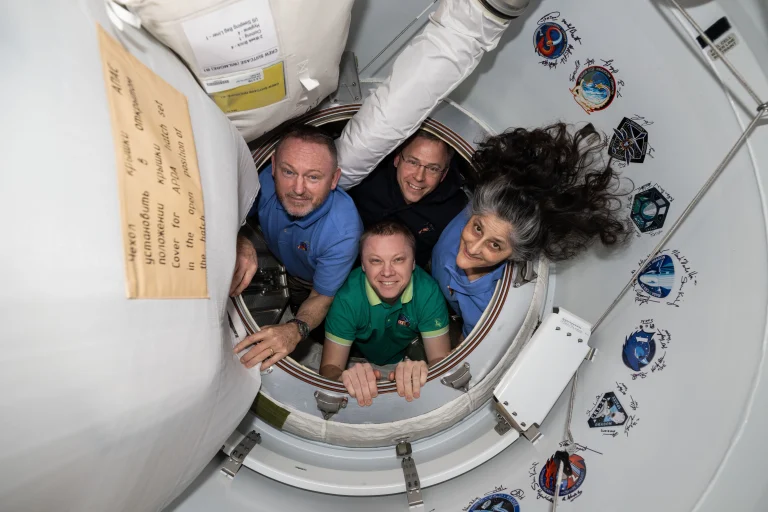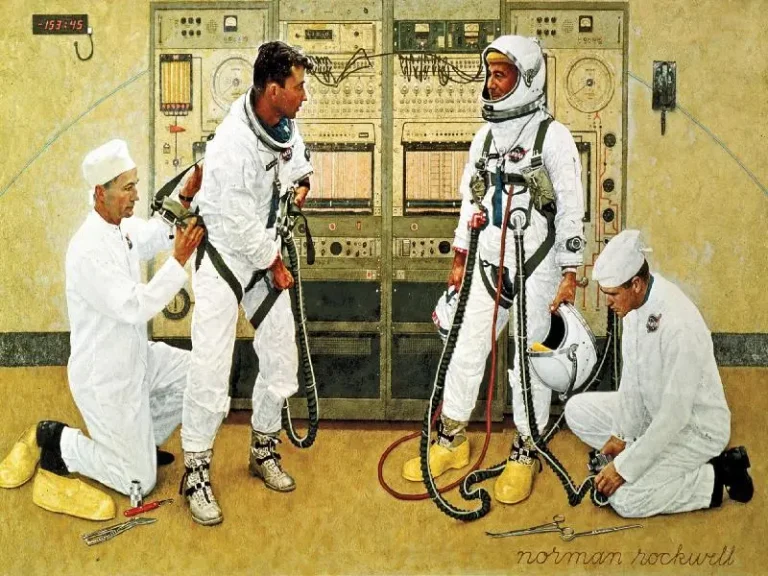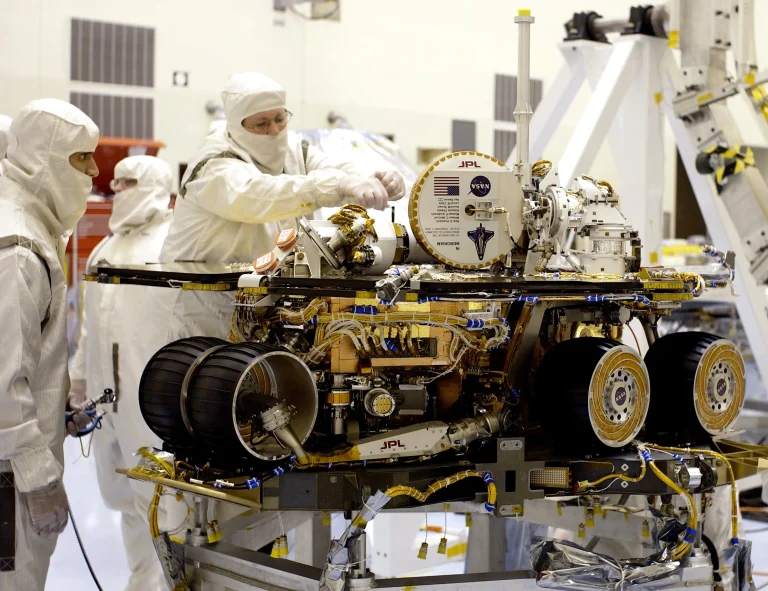The barred spiral galaxy NGC 6872 is interacting with a smaller galaxy to the upper left. The smaller galaxy has likely stripped gas from NGC 6872 to feed the supermassive black hole in its center.
X-ray: NASA/CXC/SAO; Optical: NASA/ESA/STScI; Image Processing: NASA/CXC/SAO/J. Schmidt, L. Frattare, and J. Major
To commemorate the 25th anniversary of NASA’s Chandra X-ray Observatory launch, the Chandra team released this never-seen-before image of NGC 6872, a spiral galaxy in the Pavo (Peacock) constellation, on July 22, 2024. This image and 24 others, which all include data from Chandra, demonstrate how X-ray astronomy explores all corners of the universe.
NGC 6872 is 522,000 light-years across, making it more than five times the size of the Milky Way galaxy; in 2013, astronomers from the United States, Chile, and Brazil found it to be the largest-known spiral galaxy, based on archival data from NASA’s Galaxy Evolution Explorer. This record was surpassed by NGC 262, a galaxy that measures 1.3 million light-years in diameter.
See more photos released for this celebration.
Image credit: X-ray: NASA/CXC/SAO; Optical: NASA/ESA/STScI; Image Processing: NASA/CXC/SAO/J. Schmidt, L. Frattare, and J. Major
棒旋星系NGC 6872正在与左上方的一个较小星系相互作用。这个较小的星系可能从NGC 6872中剥离出气体,为其中心的超大质量黑洞提供能量。
X射线: NASA/CXC/SAO; 可见光: NASA/ESA/STScI; 影像处理: NASA/ESA/STScI; Image Processing: NASA/CXC/SAO/J. Schmidt, L. Frattare, and J. Major
为了纪念NASA钱德拉X射线天文台发射25周年,钱德拉团队于2024年7月22日发布了这幅前所未见的NGC 6872的图像,这是一个位于孔雀座的螺旋星系。这张图片和其他24张图片都包括来自钱德拉的数据,展示了X射线天文学如何探索宇宙的各个角落。
NGC 6872直径达522,000光年,是银河系的五倍多;2013年,来自美国、智利和巴西的天文学家根据NASA星系演化探测器的档案数据,发现它是已知最大的螺旋星系。这个纪录被NGC 262所打破,NGC 262是一个直径130万光年的星系。
影像来源: X射线: NASA/CXC/SAO; 可见光: NASA/ESA/STScI; 影像处理: NASA/ESA/STScI; Image Processing: NASA/CXC/SAO/J. Schmidt, L. Frattare, and J. Major







